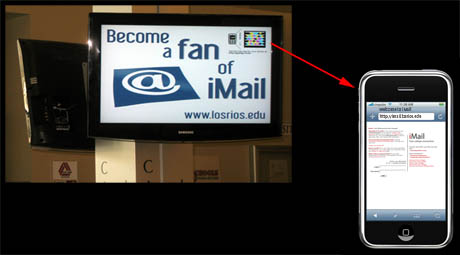http://www.nytimes.com/2010/09/19/magazine/19FOB-WWLN-Kelly-t.html
Take-aways for me:
“Before you can master a device, program or invention, it will be superseded; you will always be a beginner. Get good at it.”
Wow. Exactly. This is the definition of critical thinking.
“Nobody has any idea of what a new invention will really be good for. The crucial question is, what happens when everyone has one?”
Profound. What if all educators thought this way?


